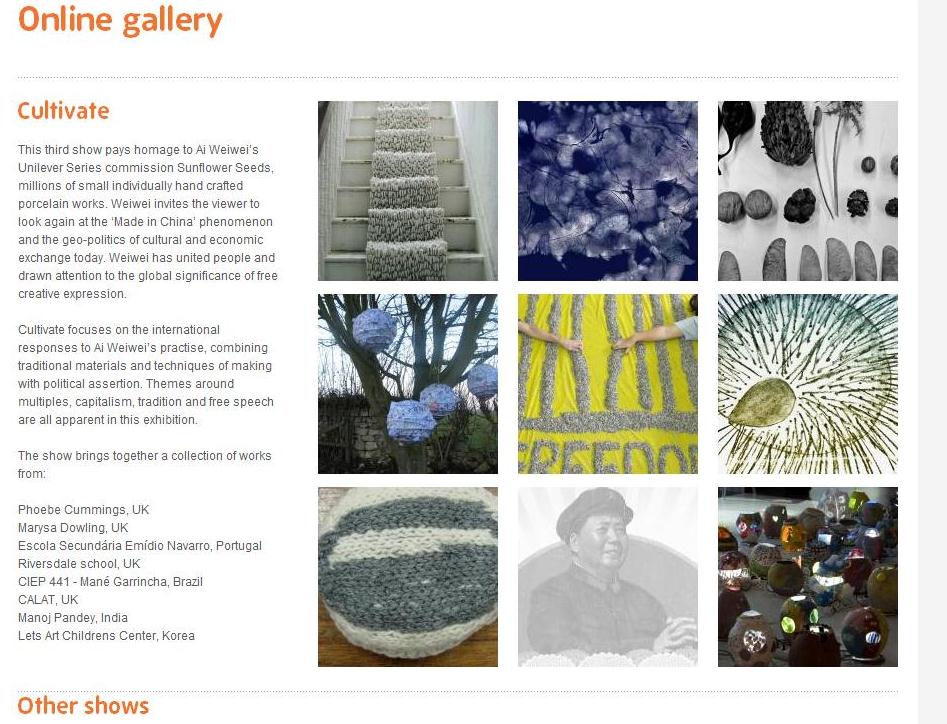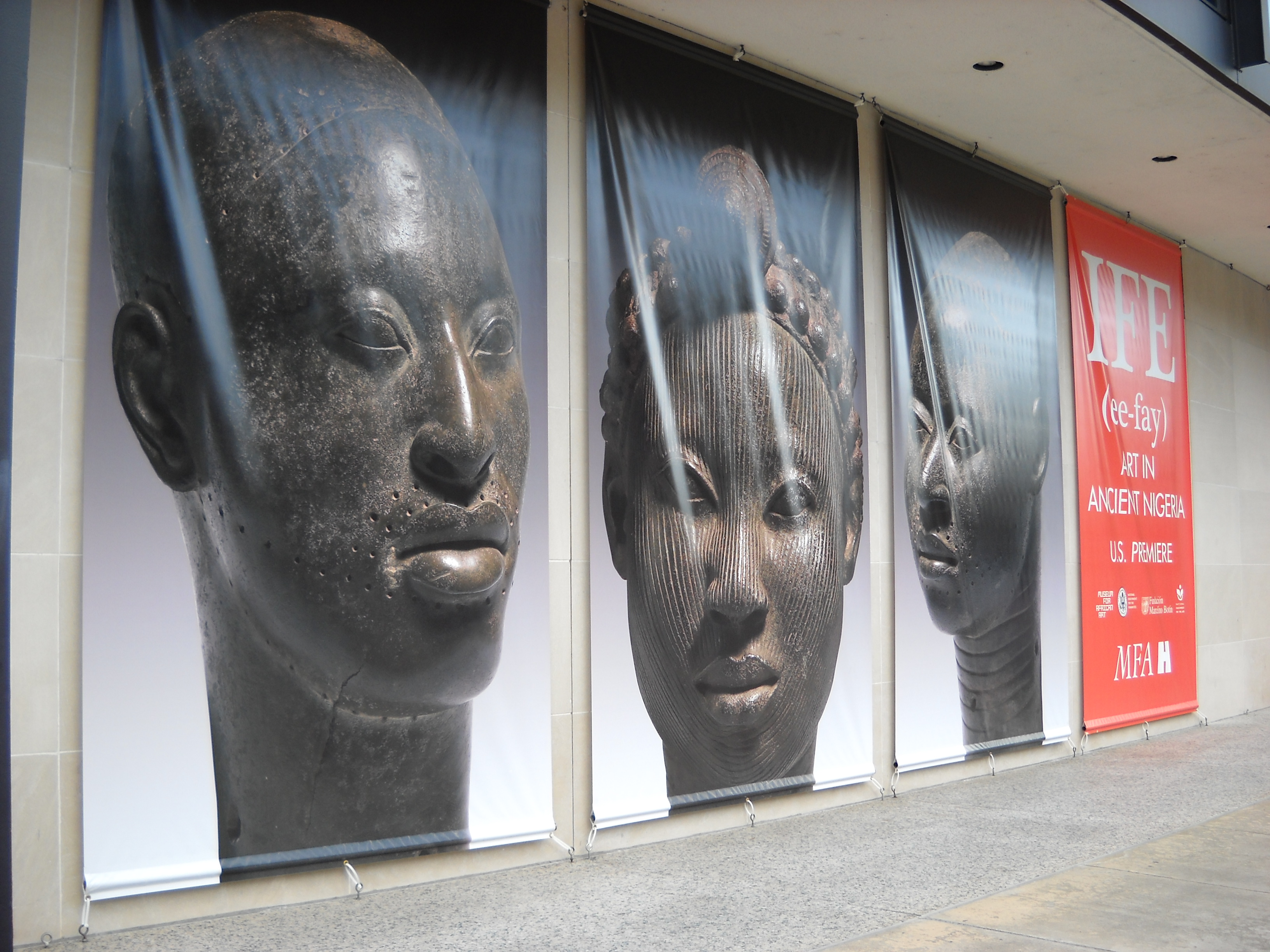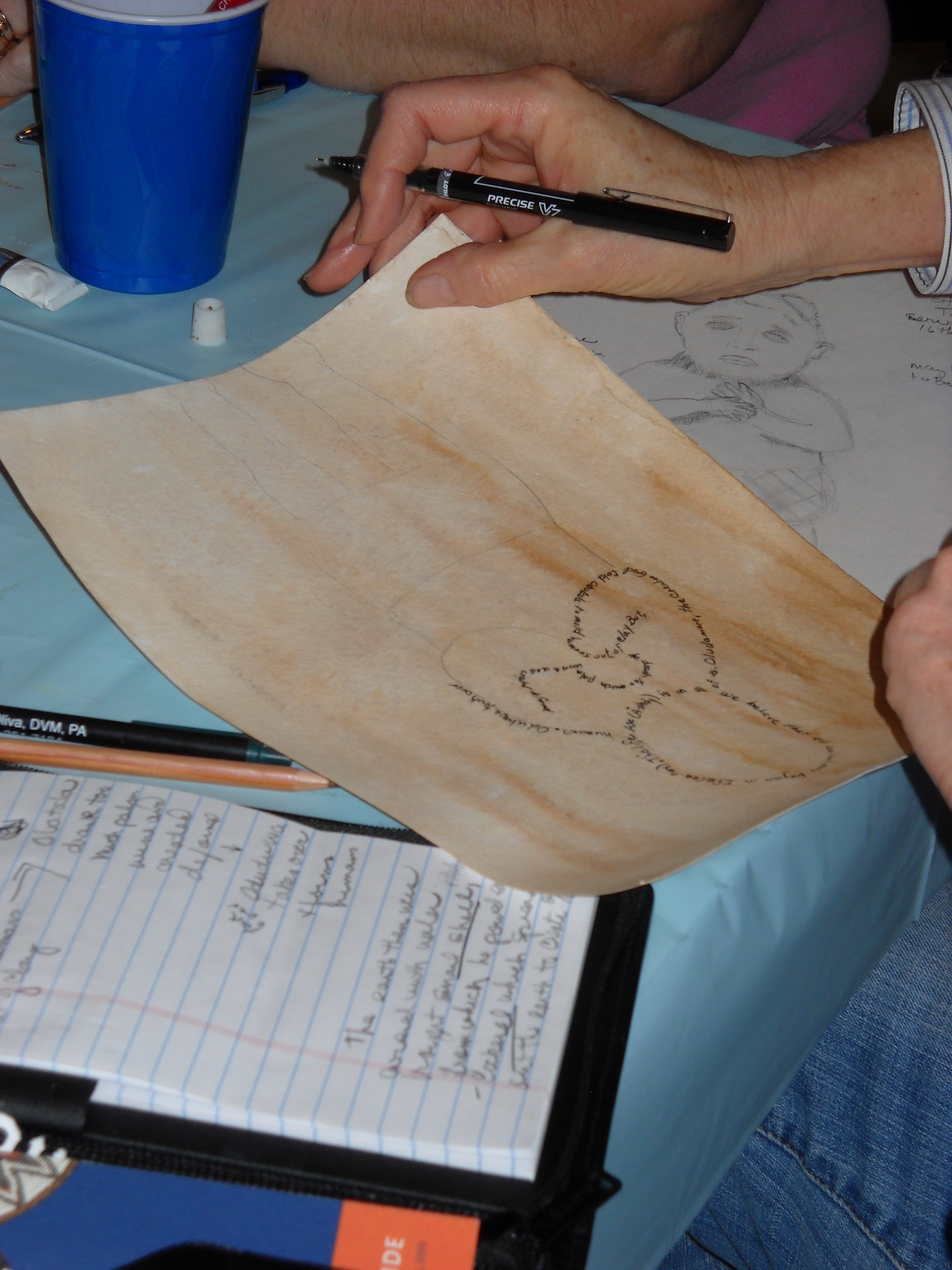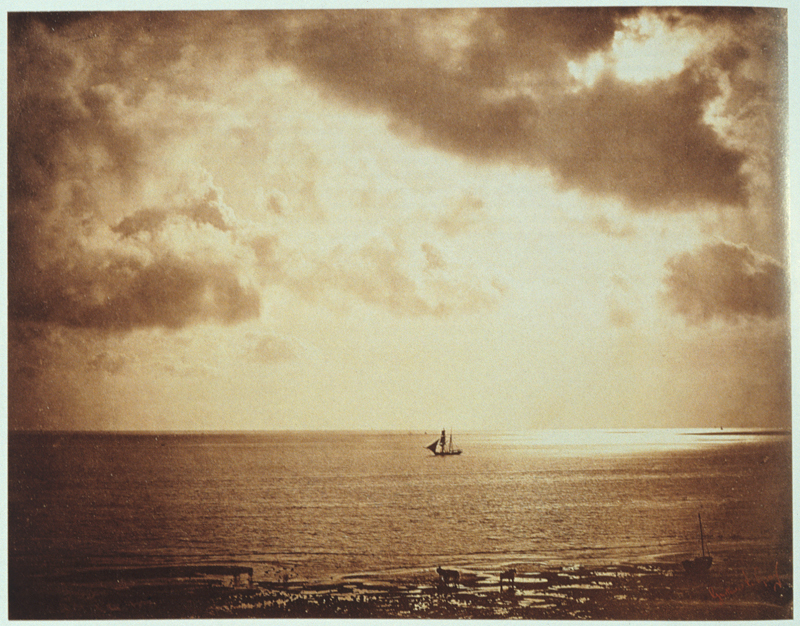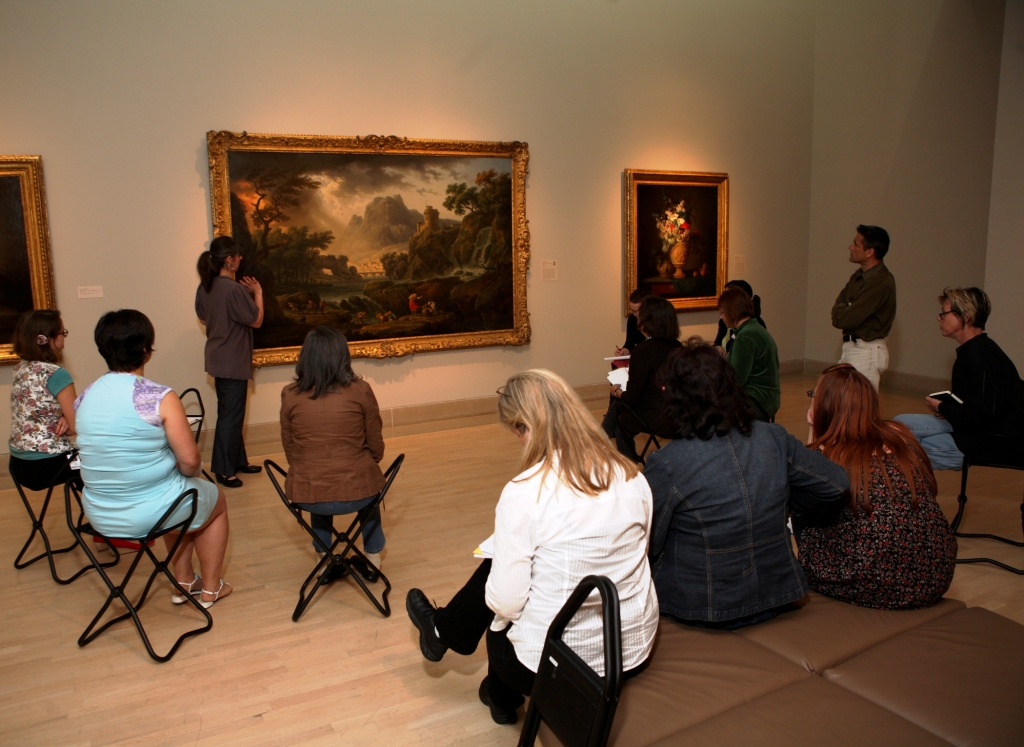One of the ways that I like to inspire and motivate my own creativity is to surf the web and see what’s happening at other places and museums in the world. When I find something I like, I will periodically revisit a web site to see what is new and also reconnect with some of the creative sparks that caught my mind on the first visit. For this post in the Teaching for Creativity series, I am sharing with you two art museum web sites that are quickly becoming regular stops on my web surfing adventures, and are particularly relevant to the themes of art, artists, and creativity.
Tate Modern: turbinegeneration
This innovative website is based on the idea of international exchange and collaboration. Designed for schools, artists, and galleries, the Tate’s Unilever Series: turbinegeneration project is an offshoot of their annual Turbine Hall installation sponsored by Unilever. Each year, the Tate Modern commissions an artist to create an installation for this colossal space. The most recent Unilever Series artist featured on the turbinegeneration website is Ai Weiwei. The next artist to be featured is Tacita Dean. The installation created by each artist serves as the catalyst for students, teachers, and artists participating in the turbinegeneration project. Through basic social media, participants can connect and share ideas and artworks that are inspired by the work of artists featured in the Unilever Series. An online gallery of artworks created in response to the work of Ai Weiwei includes participants from Brazil, United Kingdom, Korea, Portugal, and India. How cool is it to see how students across the world respond to the work of this contemporary artist!
Denver Art Museum: Creativity Resource for Teachers
This website from the Denver Art Museum launched several years ago on the premise that the creativity of artists can inspire the creativity in each of us. The site houses a wealth of resources that can be sorted by artwork or lesson plan topic and grade level. Each featured artwork includes information about the maker and the inspiration for the piece, as well as things to look for and multimedia resources that may be useful for teaching. 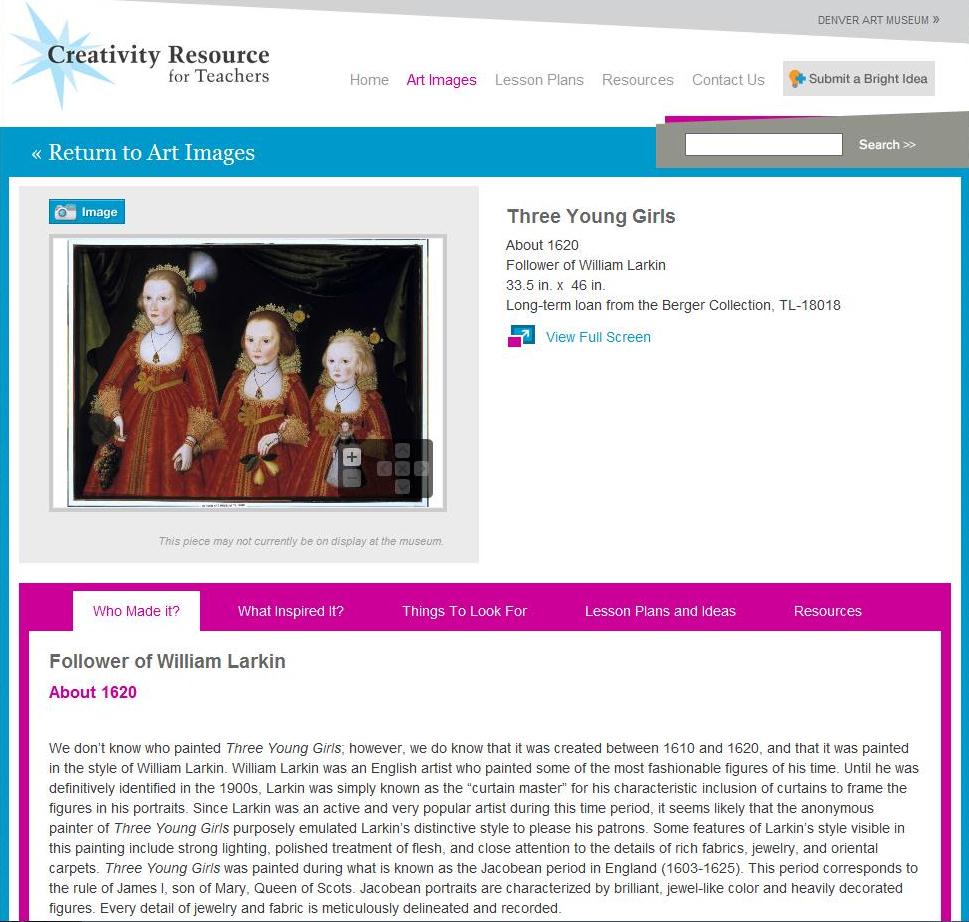
What websites inspire you? Which ones do you find yourself returning to over and over again for creative ideas? Share your websites in the comment section below – I would love to hear about them and add them to my web surfing adventures.
Nicole Stutzman
Director of Teaching Programs and Partnerships
